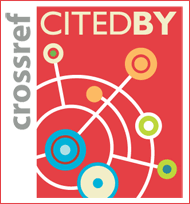ISSN : 1598-1142(Print)
ISSN : 2383-9066(Online)
ISSN : 2383-9066(Online)
Journal of architectural history Vol.34 No.2 pp.35-48
DOI : https://doi.org/10.7738/JAH.2025.34.2.035
DOI : https://doi.org/10.7738/JAH.2025.34.2.035
A Literature Study on the Origin and Usage of the Eight-Cheok Module in Korean Architecture
Abstract
This study traces the origin and development of 8-cheok as a standard spatial unit in Korean architecture by examining historical texts. Rooted in ancient Chinese body-based measurement systems, 8-cheok originally represented the average human height. Although its direct anthropometric basis faded over time as measurement units lengthened, 8-cheok remained prominent in both literary and architectural contexts. The palcheok-bang (eight-cheok house), first mentioned in the Samguk Yusa , symbolized a hermit’s dwelling and retained its symbolic meaning throughout the Goryeo period. In the Joseon era, influenced by Neo-Confucian values of restraint and humility, the palcheok-kan (eight-cheok module) emerged as a spatial standard reflecting the moral ideals of the Confucian elite. However, the palcheok-kan competed with other modular units. During the construction of the Seoul city walls, a conversion of 10 cheok per kan was used, while land surveys in the city sometimes adopted 7 cheok per kan . From the 17th century onward, however, the 8-cheok -per-kan conversion gradually gained dominance and became the representative unit. Despite its widespread use, the palcheok-kan was never formally codified by law and remained a customary standard until it disappeared during modern measurement reforms.











